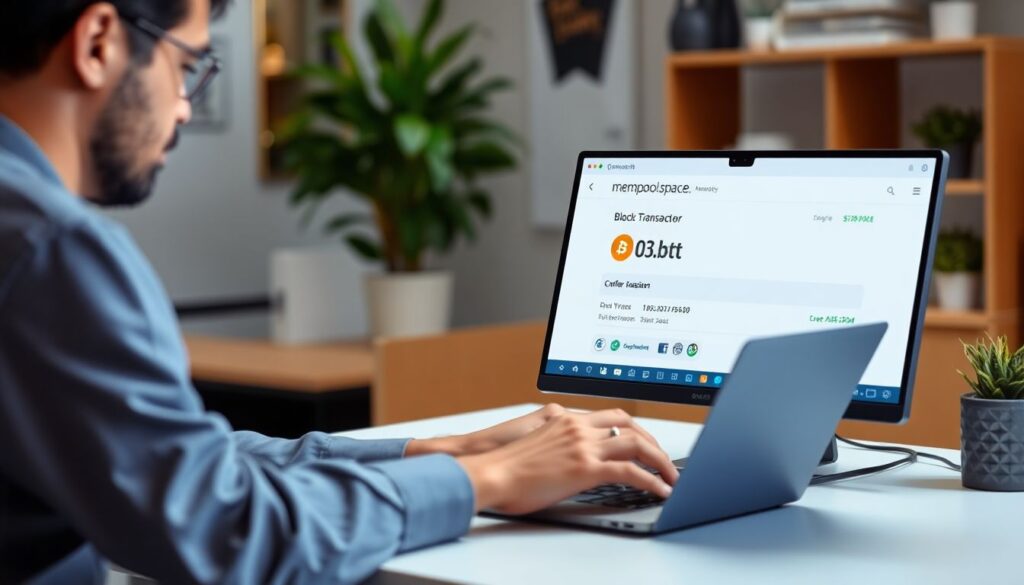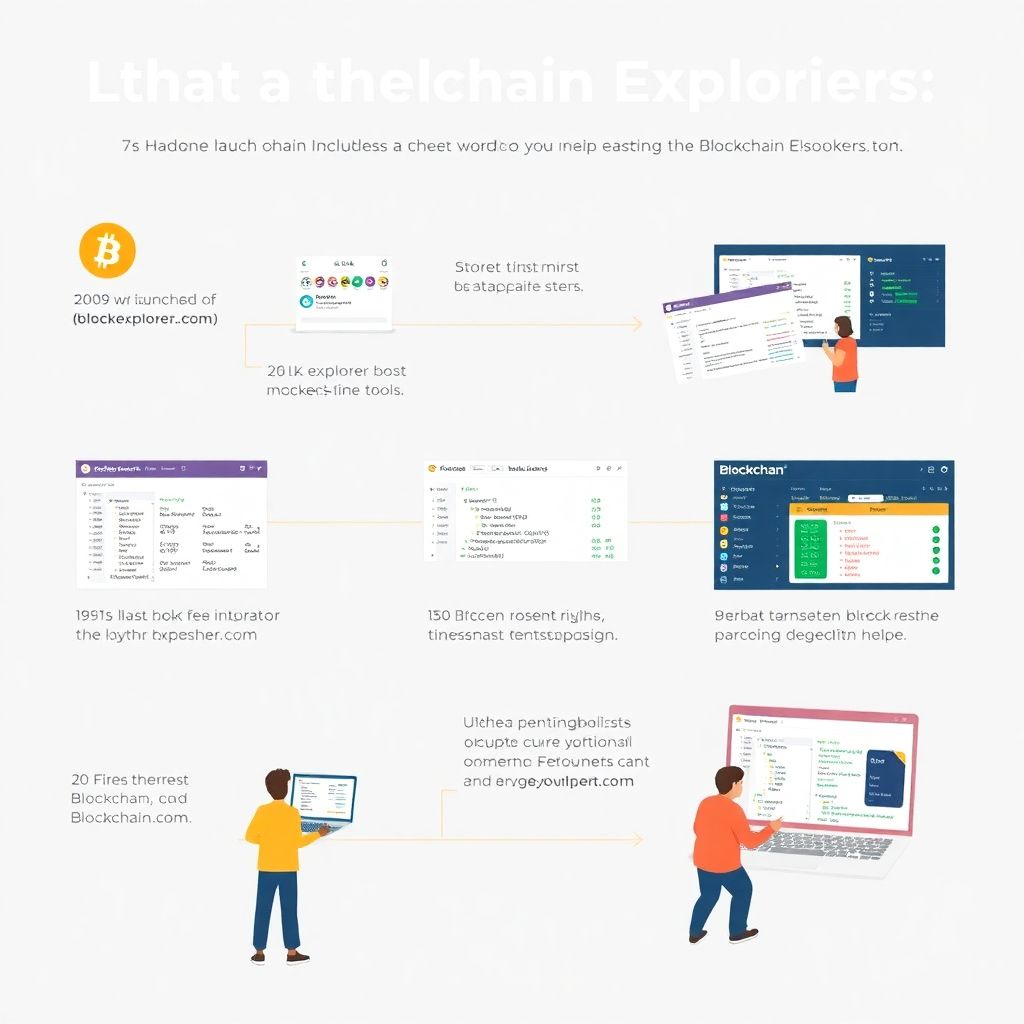Historical Context of Blockchain Explorers
The emergence of block explorers is intrinsically tied to the evolution of blockchain technology. When Bitcoin was introduced in 2009, the concept of a public, immutable ledger was revolutionary. However, the average user had limited means to verify or understand what was happening on the network. Early adopters relied on command-line interfaces and rudimentary tools to analyze transaction data. The first block explorer, Bitcoin Block Explorer (blockexplorer.com), appeared shortly after Bitcoin’s launch, offering a basic web interface to search blocks, transactions, and addresses. This marked the beginning of a new era in blockchain transparency. Over time, explorers like Etherscan, Blockchain.com, and Blockchair evolved into sophisticated platforms, enabling not just passive observation but active forensic investigation of blockchain activity.
Core Principles of Block Explorer Interpretation
Block explorers function as real-time windows into blockchain networks. Each explorer indexes the blockchain’s data, allowing users to retrieve information about blocks, transactions, addresses, and smart contract interactions. The foundational elements include block height, transaction hash, timestamp, gas fees (in Ethereum), and input/output addresses. Interpreting this data requires understanding the structure of a blockchain transaction: the sender, the recipient, the amount transferred, and any associated metadata. For instance, in Bitcoin, the concept of UTXO (Unspent Transaction Output) is central to understanding how funds move between addresses. In Ethereum, interpreting a transaction often involves decoding smart contract calls and reading event logs. A beginner must learn to distinguish between confirmed and pending transactions, internal and external transactions, and how to trace transaction ancestry.
Real-World Examples of Explorer Use

A common use case involves verifying a crypto payment. Suppose a freelance designer receives 0.05 BTC from a client. By entering the transaction hash in a block explorer like mempool.space, the designer can confirm that the transaction has been broadcast, included in a block, and received the required number of confirmations. In another case, a DeFi investor using Ethereum-based protocols might use Etherscan to investigate why a token swap failed. By reviewing the transaction’s status and error message in the explorer, they might discover that the transaction ran out of gas or the token address was incorrect. Additionally, in security investigations, forensic analysts use explorers to track stolen funds. In the 2020 KuCoin hack, investigators traced the movement of stolen tokens through various wallets and decentralized exchanges, using explorers to map the flow of assets in real time.
Common Misconceptions Among Beginners
One prevalent misunderstanding is the belief that block explorers reveal the identity of wallet owners. While all transactions are public, wallets are pseudonymous; without off-chain data (like KYC records or IP addresses), explorers can’t identify individuals behind addresses. Another misconception involves the finality of transactions. Beginners often confuse the broadcast of a transaction with its confirmation. In reality, a transaction must be included in a block and receive multiple confirmations before it’s considered irreversible. Additionally, many users misinterpret token balances on Ethereum. Some tokens require contract interactions to display balances correctly. Simply viewing a wallet address on Etherscan may show incorrect or zero balances unless the contract is properly indexed. These misunderstandings can lead to panic or errors in fund management.
Conclusion: From Visibility to Insight

Understanding how to interpret data on a block explorer transforms a passive blockchain user into an informed participant. While the learning curve can be steep, grasping the basics of transaction structures, block confirmations, and smart contract interactions opens the door to more secure and efficient blockchain usage. Whether verifying a payment, debugging a smart contract call, or tracing suspicious activity, block explorers serve as indispensable tools. With practice and analytical thinking, even beginners can harness their full potential to navigate the decentralized world more confidently.

